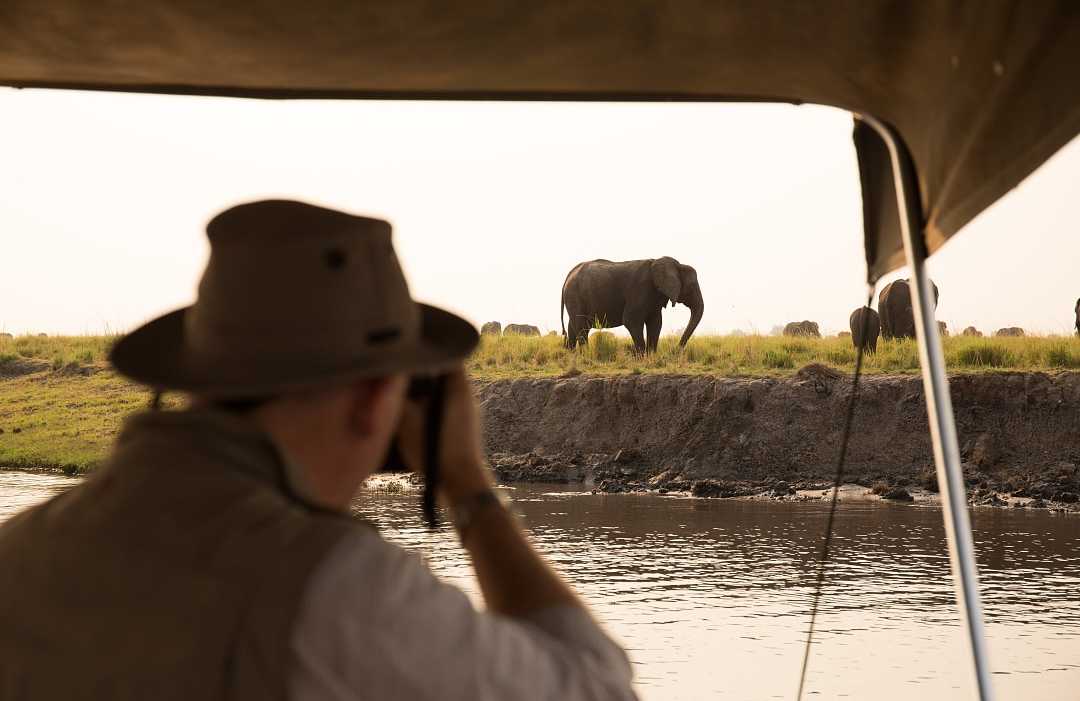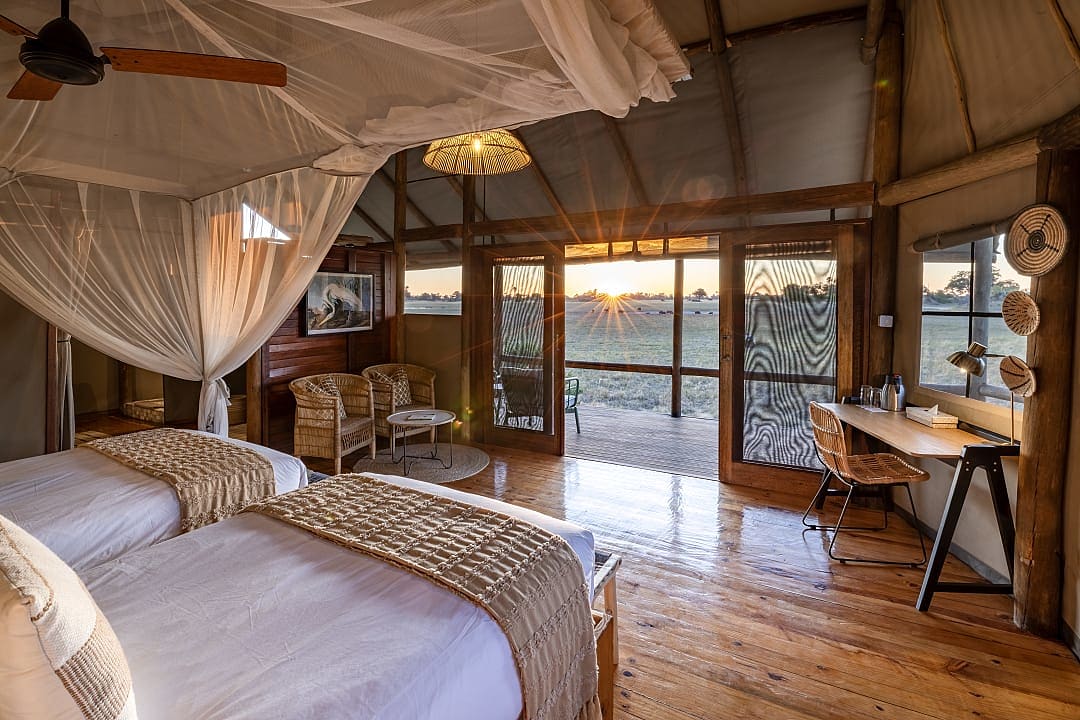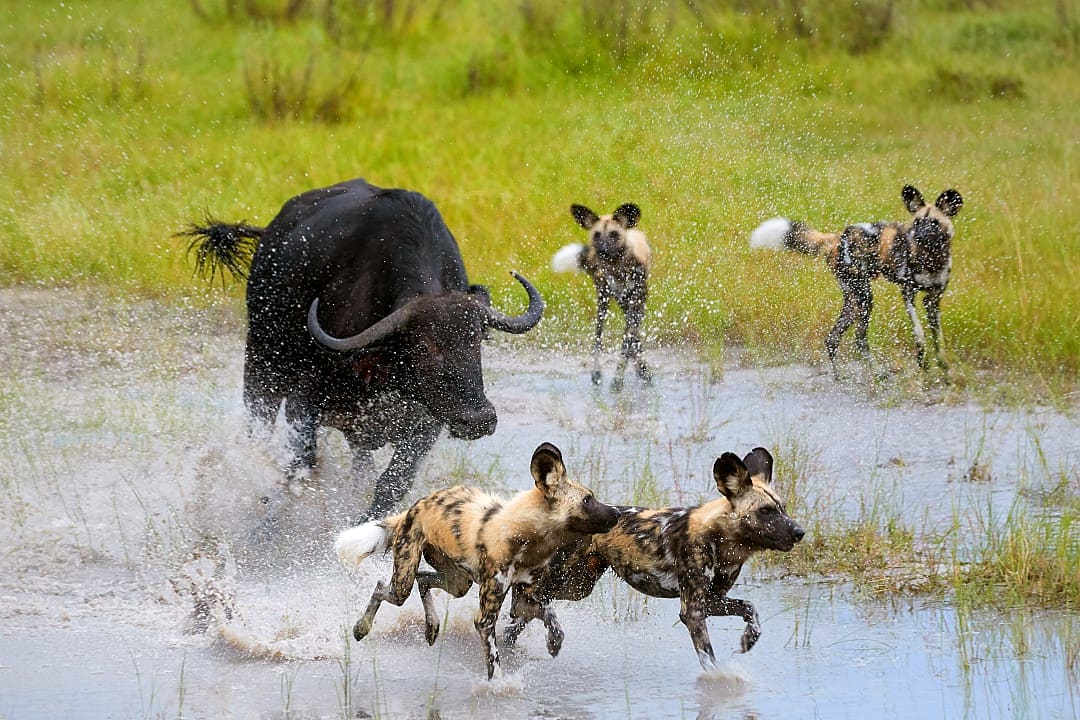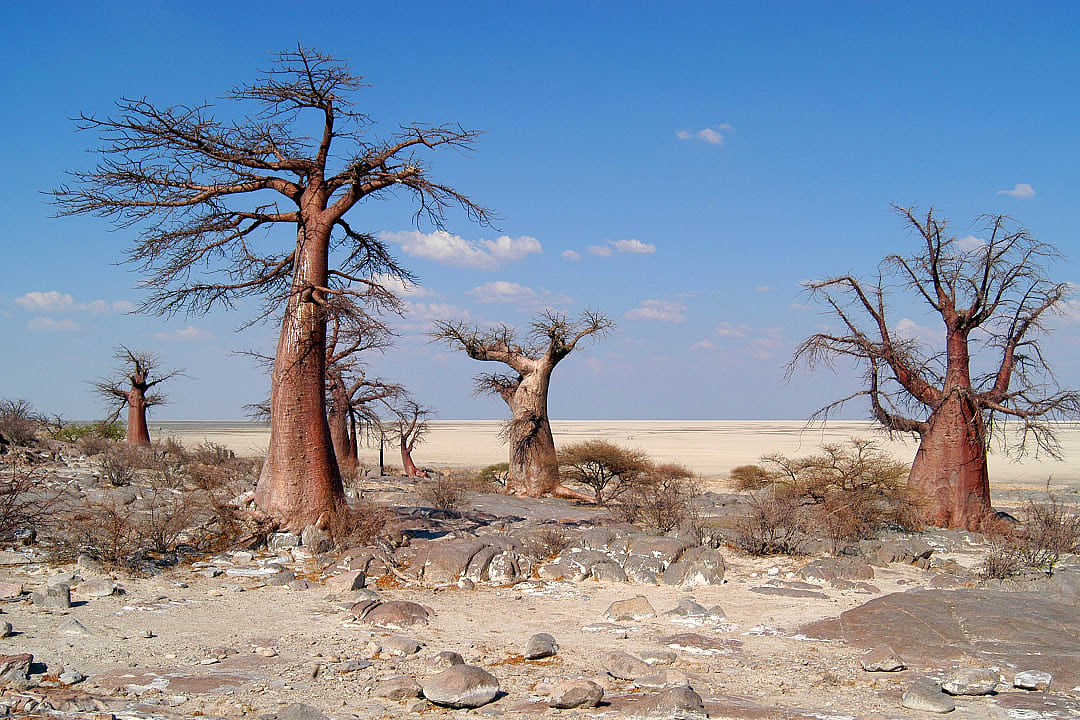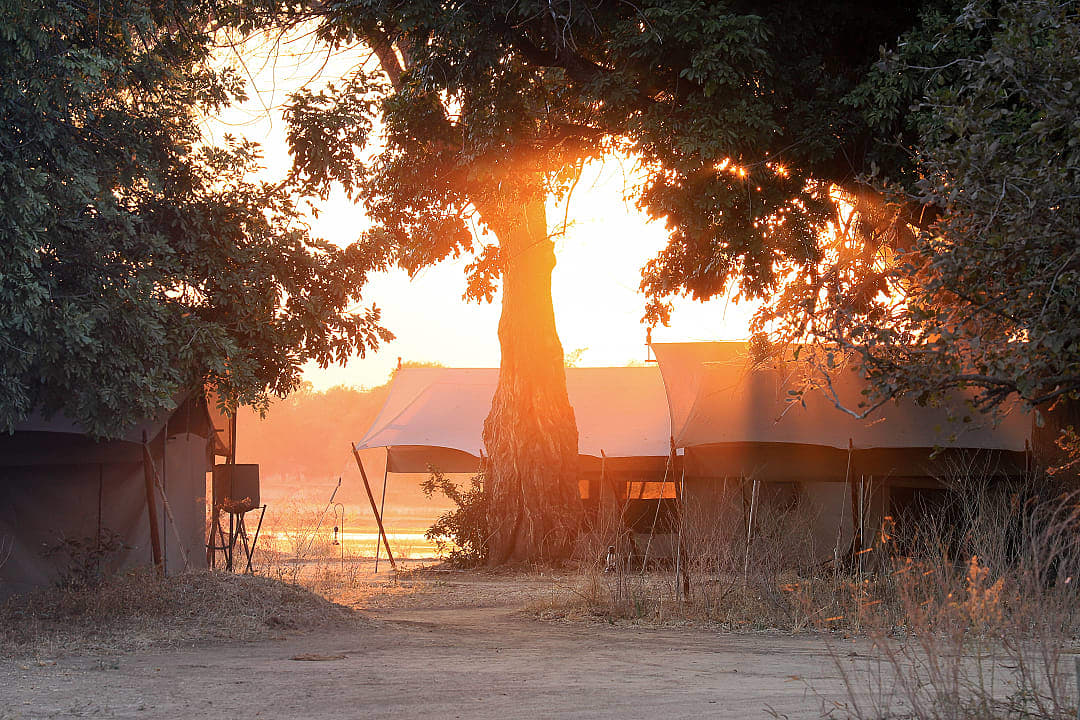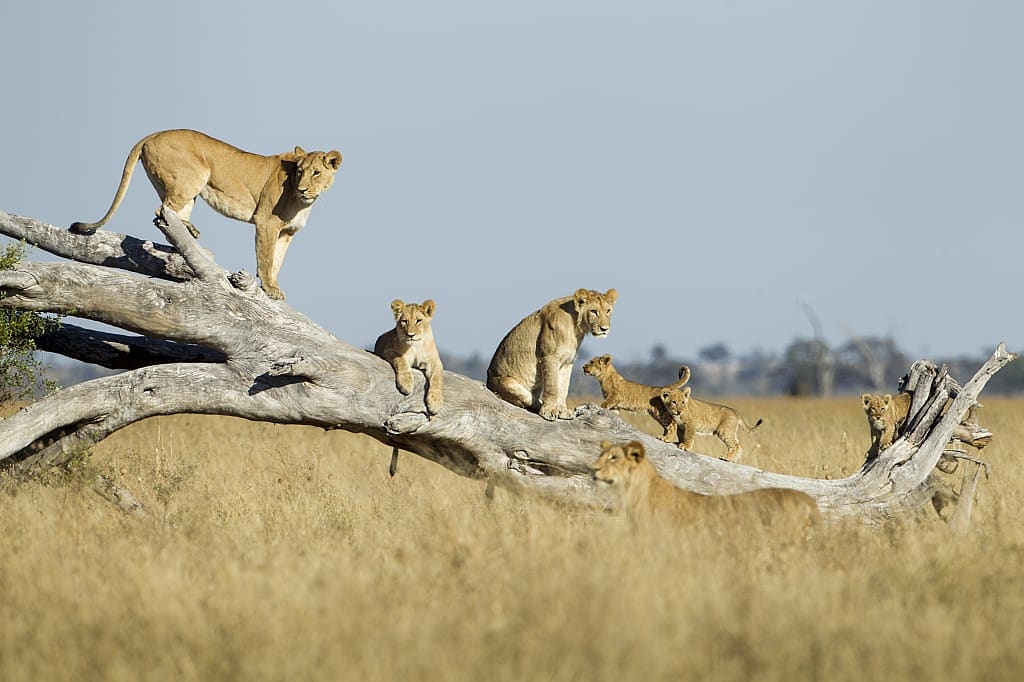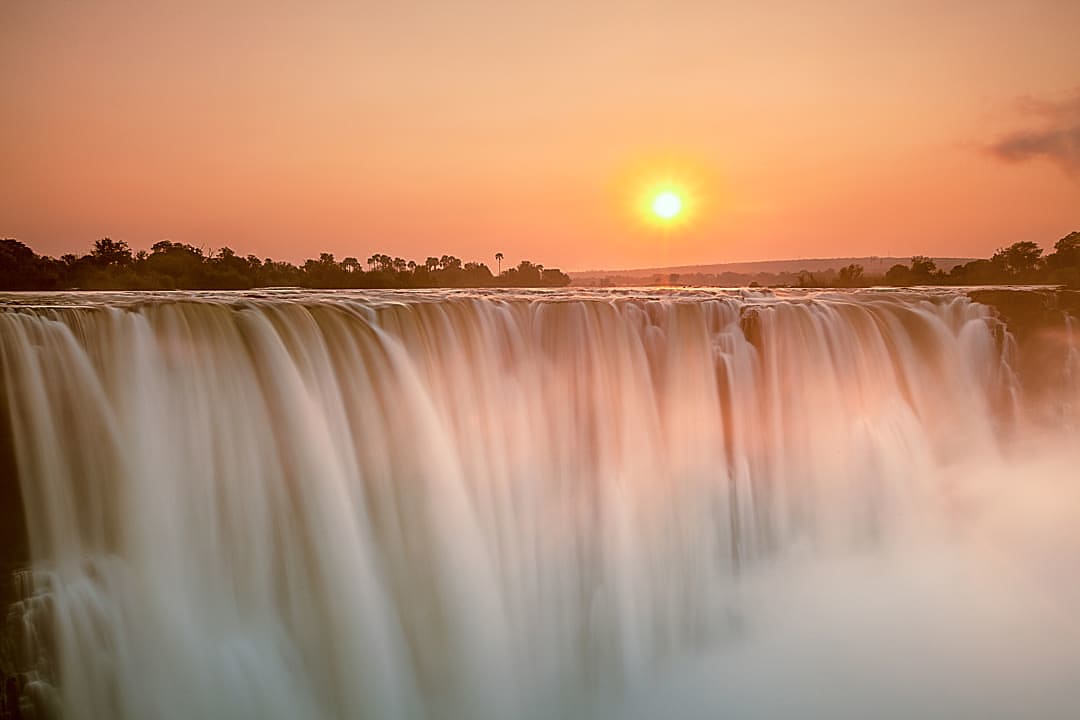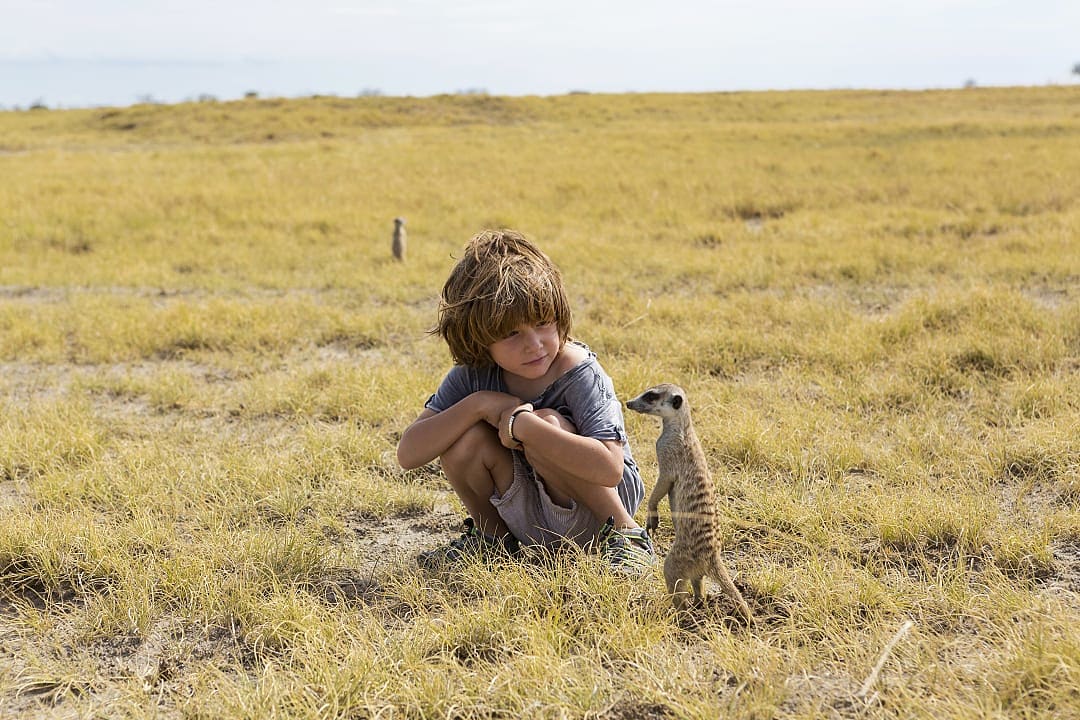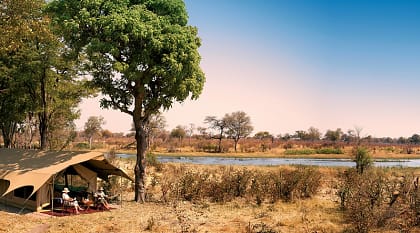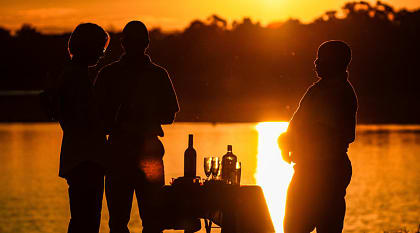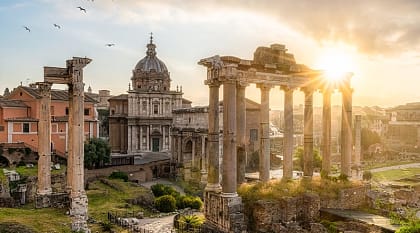Understanding these critical details on cost, health, and the delta’s unique ecology is the first step in planning a seamless and unforgettable journey.
Safari Costs and Value
A luxury Botswana safari is an investment in an exceptional, all-inclusive experience. The price is a direct reflection of the exclusivity and conservation ethos that defines the country. Per-person-per-night costs typically range from approximately $1,700 to over $4,350, with multi-day packages often starting from $8,000 to $15,000-plus per person on average in 2025.
This premium price funds the "low-volume, high-value" model, ensuring the wilderness remains pristine. It is fully inclusive of premier lodging, all meals and drinks (including alcoholic beverages), national park fees, laundry, and a wide range of daily safari activities led by top-tier guides. There are very few hidden costs.
Health and Safety
It is important to address health precautions head-on. Northern Botswana, including the Okavango Delta and Chobe, is a malaria-risk area. However, several factors significantly mitigate this risk. The peak safari season, which takes place in the dry season from May to October, sees a much lower mosquito population.
The luxury camps are also situated in remote, low-population areas, far from crowded villages where transmission is more common. We strongly advise you to consult your doctor or a travel clinic for the latest advice and to obtain prescription anti-malarial medication. Using insect repellent and wearing long sleeves and trousers at dawn and dusk are also effective preventative measures.
The Okavango Delta Flood Cycle
The delta operates on a unique and fascinating schedule. Its life-giving floodwaters originate from heavy rainfall in the Angolan highlands, hundreds of miles away. These waters travel for months, arriving in Botswana not during the local rainy season, but during the dry season, peaking around June to August. This counterintuitive cycle means the best time for water-based activities like mokoro trips is, paradoxically, when there is no local rain, creating a lush, green oasis amid an otherwise dry and thirsty landscape. For a detailed breakdown, see our Best Time to Visit Botswana guide.
